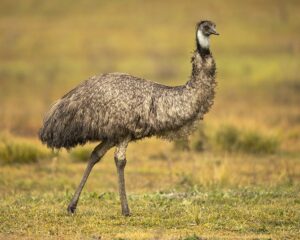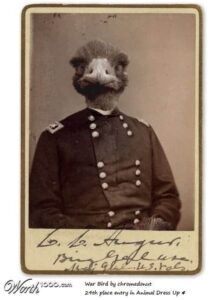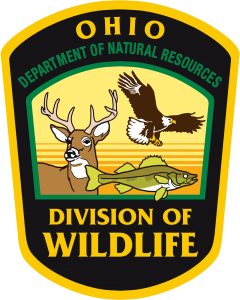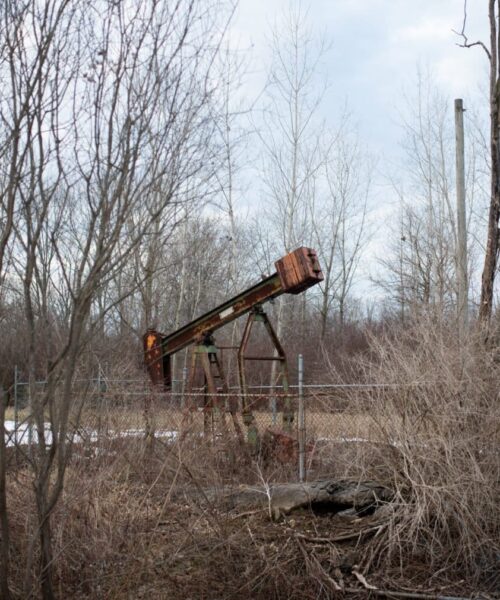By India Dyer
While sounding like something one might find in a cheesy comic book, or written by The Onion, The Great Emu War of Australia… Yes… actually happened.
Australians had a battle with Emus, in the 1930’s. But how did this happen? It all started back just after World War 1, veterans struggled to find things to do upon returning home. In response to this the Australian government started something referred to as ‘The soldier settlement scheme’. It was started in 1915 and around 5,030 veterans were given plots of land in order to turn into working farms, mainly for wheat and sheep. The government had purchased 90,000 hectares of land for the veterans but still needed more and started going for the untouched and difficult fix up parts in the outskirts of Australia. This situation was tough since many of them (veterans) had little farming experience. It got even worse when the Australian depression hit in 1929.
 There then came another issue. The Emus. Emus are the second tallest bird in the world, after its relative The Ostrich and is native to Australia. It also has a tendency to migrate after mating season… Which is what they did. The Emus had been a protected native species up until 1922, they were continuously disrupting farms by eating crops and flattening them down that they then became classified as “vermin”.
There then came another issue. The Emus. Emus are the second tallest bird in the world, after its relative The Ostrich and is native to Australia. It also has a tendency to migrate after mating season… Which is what they did. The Emus had been a protected native species up until 1922, they were continuously disrupting farms by eating crops and flattening them down that they then became classified as “vermin”.
And now that you have some background, the first attack;
In late 1932 around 20,000 of them (The Emus) were wreaking havoc on farmers and bothering veterans along with creating holes in fences large enough for rabbits and other creatures to get into and have a snack. The farmers complained enough that finally the military involvement was due in October 1932 when the Australian government set out to fight back, being led by Major G. P. W. Meredith of the Seventh Heavy Battery of the Royal Australian Artillery.
Meredith in charge and soldiers Sergeant S. McMurry and Gunner J. O’Halloran and two Lewis guns set out to defeat The Emus once and for all. The operation was delayed though due to rainfall that caused The Emus to scatter. By November second 1932 the rainfall ended and troops were finally deployed with (on account of a newspaper article) orders to collect 100 Emu skins so their feathers could be used to make hats.
This endeavor did not go well. An account from an ornithologist Domonic Serventy commented “The machine-gunners’ dreams of point blank fire into serried masses of Emus were soon dissipated. The Emu command had evidently ordered guerrilla tactics, and its unwieldy army soon split up into innumerable small units that made use of the military equipment uneconomic. A crestfallen field force therefore withdrew from the combat area after about a month.”
 They came upon around 50 Emus but the birds were out of range of the guns, when firing occurred they split into small groups and became even harder targets. They did manage to kill ‘a number’ and by the end nearly a dozen birds had been killed.
They came upon around 50 Emus but the birds were out of range of the guns, when firing occurred they split into small groups and became even harder targets. They did manage to kill ‘a number’ and by the end nearly a dozen birds had been killed.
By the 4th day army observers noted that “each pack seems to have its own leader now—a big black-plumed bird which stands fully six feet high and keeps watch while his mates carry out their work of destruction and warns them of our approach”
They were even compared to Zulus by Meredith saying how good they were. The second attempt was more “successful” there were claims that 986 birds were killed but by November 8th members of the Australian house of representatives had to discuss the operation following the negative coverage in local media claiming “only a few” birds had died. In turn they withdrew the military personnel and guns the same day.
After they withdrew, The Emu problem continued and the farmers asked for more help. There was a drought and hoards of Emus in the thousands destroying crops. The military defended the decision to continue helping the former veterans to the Senate. Meredith was placed in charge again due to the lack of experience of machine gunners in the state. They started up again on November 13th with an amount of success starting at 40 Emus the first few days which grew to about 100 Emus per week.
By December 10th Meredith stated that it took them around 10 rounds per Emu. And after all of this once again the farmers requested assistance and at this point the government denied. Word got out even further and there had been outrage from the UK conservationists. As time went on throughout the 1930’s however they found keeping exclusion barrier fencing up worked fine.
In conclusion, don’t mess with The Emu.




